How Arborists Deal with Work-related Risks
In the field of arboriculture, safety is of paramount importance due to the inherently hazardous nature of the work. This article explores the various strategies and tools arborists employ to mitigate risks and maintain a safe working environment. Arborists operate in extreme conditions, and the threats to their safety come from various sources, including equipment, environmental factors, and human factors. By understanding these risks and implementing appropriate safety measures, arborists can ensure that they and their teams work safely and efficiently.
Managing the Risks of Working at Heights
Arborists often find themselves working at great heights, whether climbing tall trees or operating from elevated platforms such as bucket trucks. These tasks demand physical agility, strong situational awareness, and meticulous attention to safety. The risks associated with working at height are significant, with falls posing one of the most serious and potentially fatal hazards. Even experienced arborists can be vulnerable if proper safety procedures are not consistently applied. That's why adherence to strict safety protocols is essential on every job site, regardless of the task's complexity or familiarity.
To mitigate these dangers, arborists rely on specialized safety equipment, including harnesses, ropes, carabiners, and climbing helmets. These tools are designed to provide stability, fall protection, and safe mobility while working at heights. However, their effectiveness depends entirely on regular inspections and proper maintenance. Frayed ropes, worn harnesses, or damaged lanyards can compromise safety and must be replaced immediately. Routine equipment checks, combined with proper usage training, form the foundation of fall prevention in arboriculture.
Undergoing Proper Training for Risk Management
According to ScienceDirect.com, more than 66.0% of fatal incidents occurred among workers with less than one year of experience, underscoring the critical need for thorough training and strict adherence to safety protocols. New arborists are particularly vulnerable due to their limited exposure to real-world scenarios and unfamiliarity with equipment and procedures. Comprehensive onboarding programs can help bridge this gap by introducing new hires to best practices and potential hazards, thereby enhancing their overall effectiveness and performance. Early education not only protects individual workers but also contributes to a safer work environment overall.
In addition to formal training, mentorship plays a vital role in preparing less experienced arborists for high-risk tasks. Pairing novices with seasoned professionals allows for hands-on learning and immediate feedback in dynamic job settings. This guidance helps build confidence and reinforces safety habits that may not be fully understood in classroom settings. Over time, mentored arborists are more likely to internalize safe practices and perform tasks with greater precision and awareness.
Maintaining Equipment for Optimal Safety
Regular equipment maintenance is a critical aspect of arborist safety, as worn or faulty tools can significantly increase the risk of accidents. Chainsaws, chippers, climbing gear, and aerial lifts must all be inspected frequently to ensure they are functioning properly and meet safety standards. Preventive maintenance, such as sharpening blades, checking hydraulic systems, and replacing frayed ropes, helps reduce the likelihood of mechanical failure during high-risk tasks. Arborists are trained to recognize early signs of wear and tear and to take immediate corrective action when needed. Maintaining detailed inspection logs also ensures accountability and helps teams stay on top of equipment upkeep.
In addition to improving safety, well-maintained tools enhance efficiency and job quality. Malfunctioning or dull equipment can slow down work, increase physical strain, and lead to errors that compromise safety and results. Companies that prioritize maintenance often foster a stronger safety culture, where workers feel supported and more confident in their tools. Encouraging a proactive approach to equipment care not only extends the lifespan of valuable assets but also reinforces a broader commitment to responsible, professional arboriculture.
Adapting to Environmental Hazards
Height-related risks can also arise from environmental conditions such as wind, rain, and ice, which can significantly impact safety during tree work. Arborists must take these variables into account when planning their schedules, as even mild weather shifts can create dangerous situations. For example, strong winds can destabilize both trees and climbing equipment, while rain and ice can make surfaces extremely slippery and unpredictable. These hazards demand careful risk assessment before and during each job to ensure worker safety. Delaying or rescheduling work in hazardous weather conditions is often the safest and most responsible course of action.
To manage these risks effectively, arborists often rely on real-time weather monitoring tools and forecast data to guide their decision-making. A solid understanding of local weather patterns allows crews to anticipate and avoid the most hazardous conditions. Additionally, teamwork plays a crucial role in maintaining safety at heights — crews work closely together to assist one another, monitor tethering, and provide physical support when needed. This collaborative approach ensures that arborists remain secure and responsive in challenging environmental conditions.
Handling Chemical Exposure Safely
Arborists occasionally use chemicals for pest control and tree care, introducing potential risks of chemical exposure. Handling these chemicals safely is of utmost importance to prevent skin irritation, respiratory issues, or more severe health effects. Arborists undergo training to understand the proper use, application, and disposal of these substances, thereby minimizing risks to themselves and the environment. Wearing personal protective equipment such as gloves and masks can significantly reduce exposure to potentially harmful substances.
Safety training programs also highlight the importance of immediate response actions in the event of accidental exposure to chemicals. Arborists are instructed on first aid measures, such as flushing contaminants from eyes and skin, and are knowledgeable about seeking medical help promptly if adverse reactions occur. Establishing an emergency plan and ensuring that all team members are familiar with it is vital. Clear communication in precautionary measures and appropriate disposal methods prevents fatalities resulting from chemical hazards. Persistent updates on chemical safety protocols prepare the team well to stay informed about newer and safer alternatives on the market.
Pursuing an Arborist Certification
Achieving the certified arborist credential represents the culmination of rigorous learning and skill development aimed at promoting both safety and professional expertise in the field. This certification requires arborists to demonstrate proficiency in a wide range of subjects, including tree biology, soil science, pruning techniques, and hazard identification. The credential also requires ongoing education through continuing education units (CEUs), ensuring that certified professionals stay up-to-date with the latest industry standards and innovations. This commitment to lifelong learning helps arborists maintain high levels of competence throughout their careers.
Employers and clients alike benefit from working with certified arborists, as the credential signals a strong foundation in safety protocols and industry best practices. Certified professionals are more likely to follow proper procedures, use equipment responsibly, and assess risks accurately on the job site. The certification process also emphasizes ethical decision-making and environmental responsibility, encouraging arborists to consider the long-term health of trees and the ecosystems in which they reside. Ultimately, investing in certification elevates the overall quality of work and reinforces a deep commitment to sustainability in tree care and management.
Arborists face a range of work-related risks, including hazardous equipment, unpredictable weather, and varying tree conditions. Through rigorous training, use of proper safety gear, and adherence to industry standards, they effectively manage these hazards. Their commitment to safety not only protects their own well-being but also ensures the job is done efficiently and responsibly. Contact Eduardo's Tree Service if you need the services of a safe and efficient arborist.

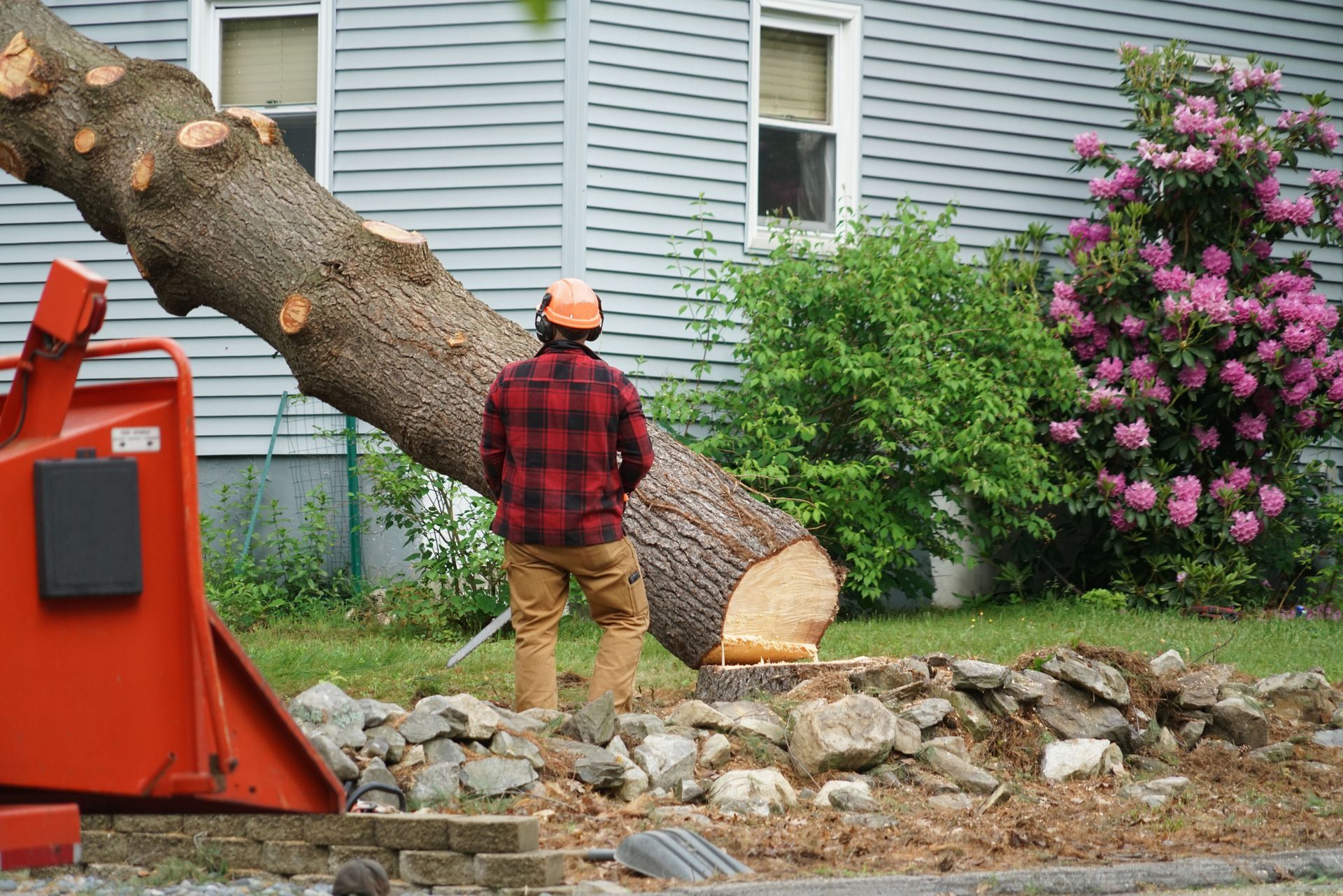
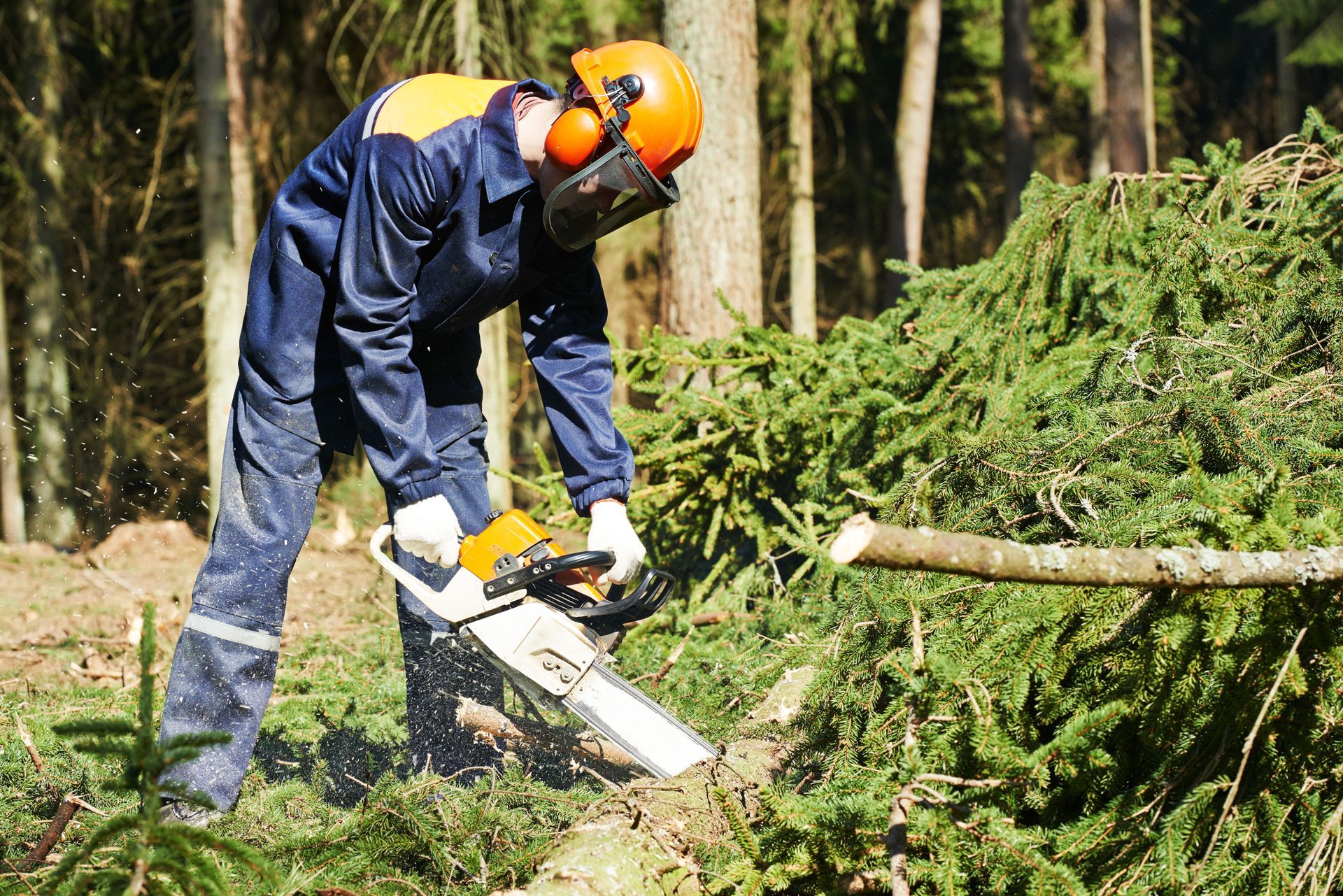
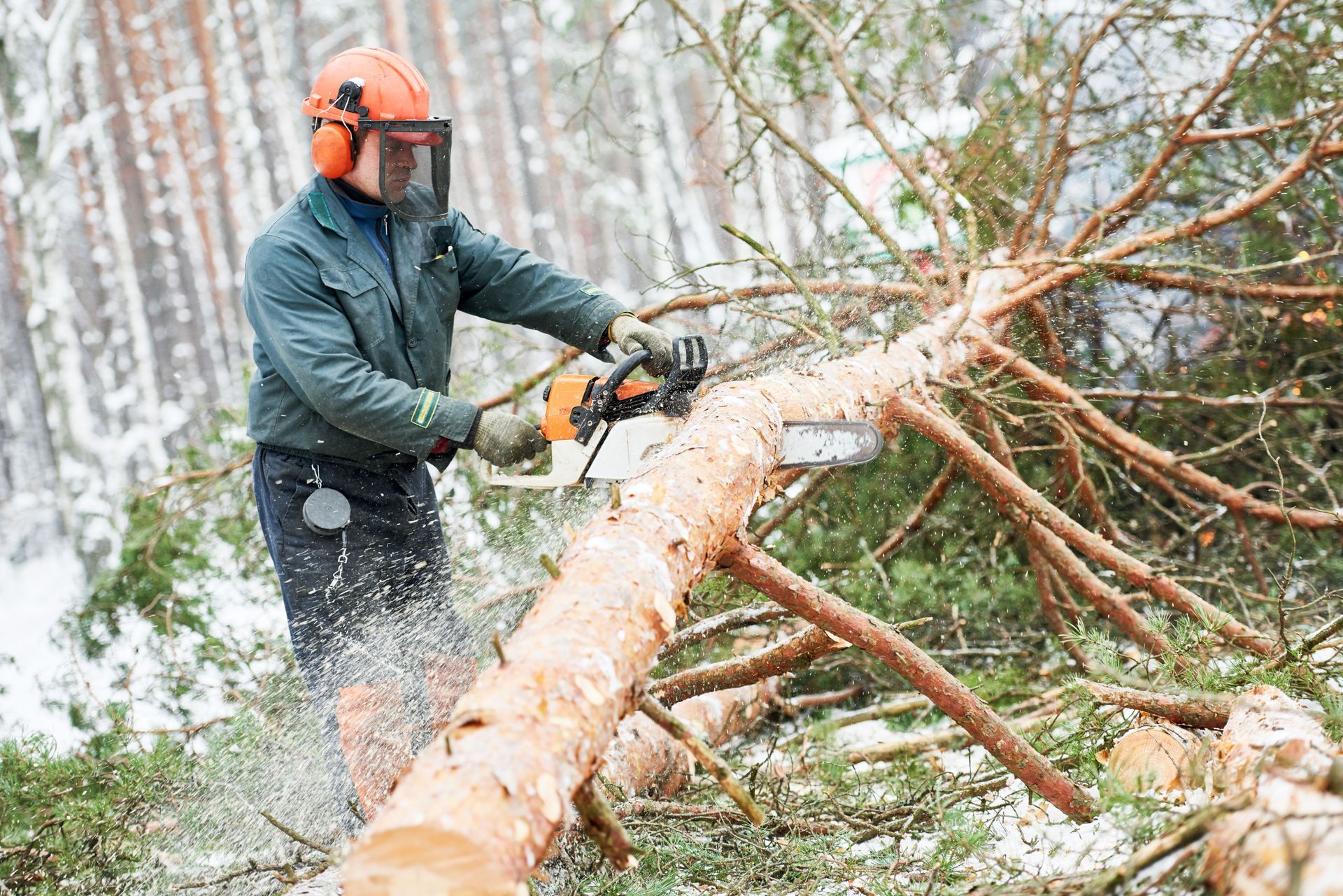
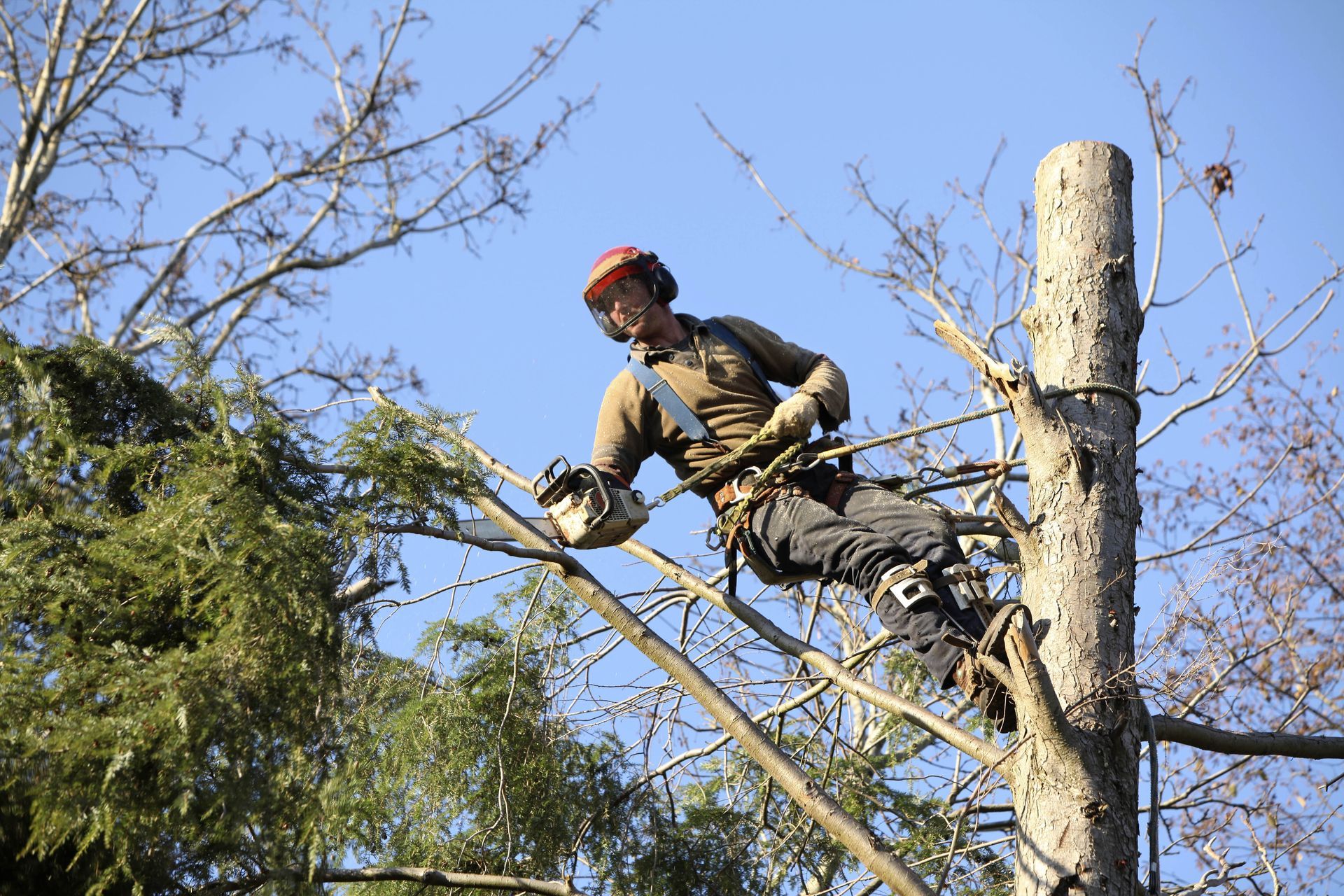
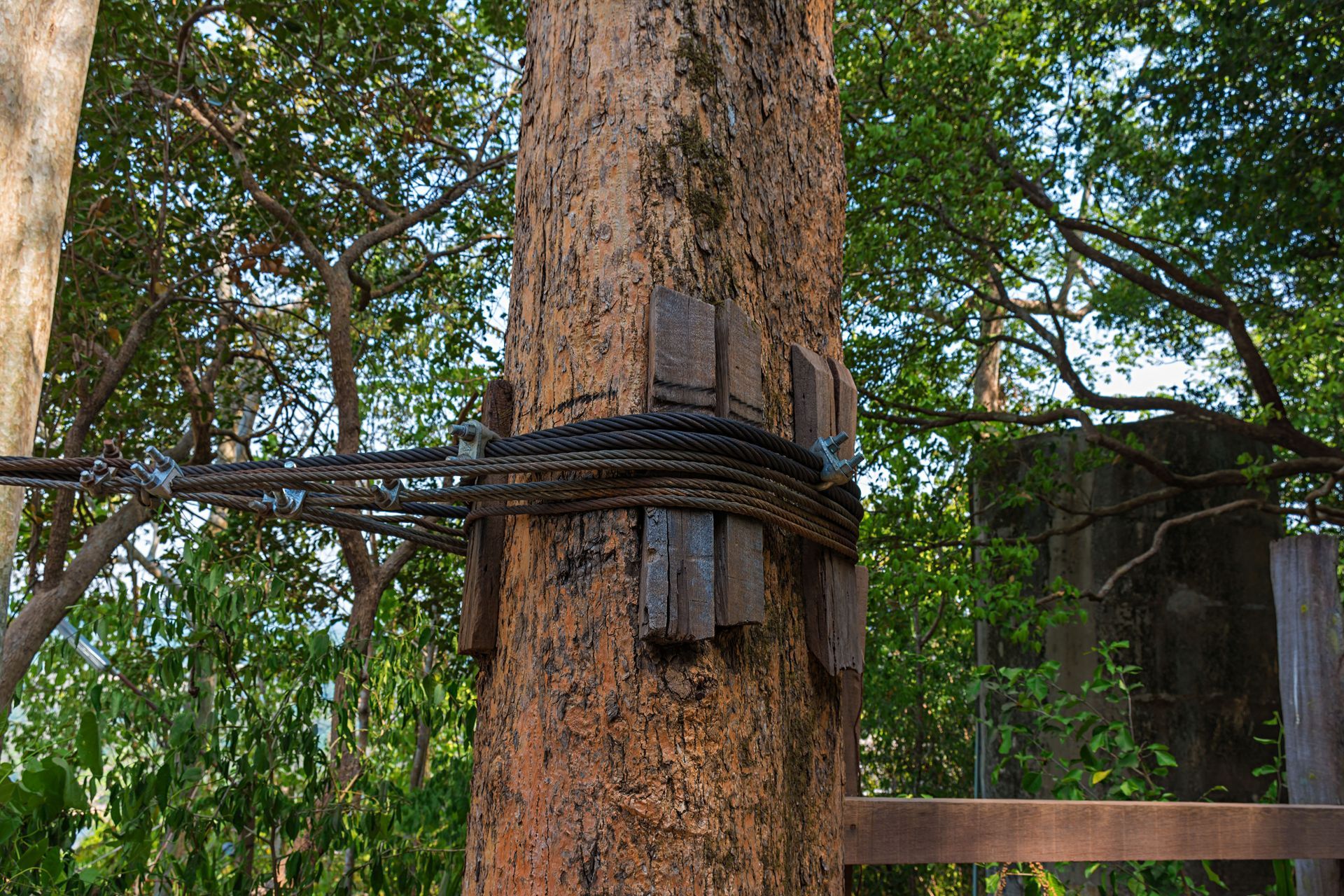

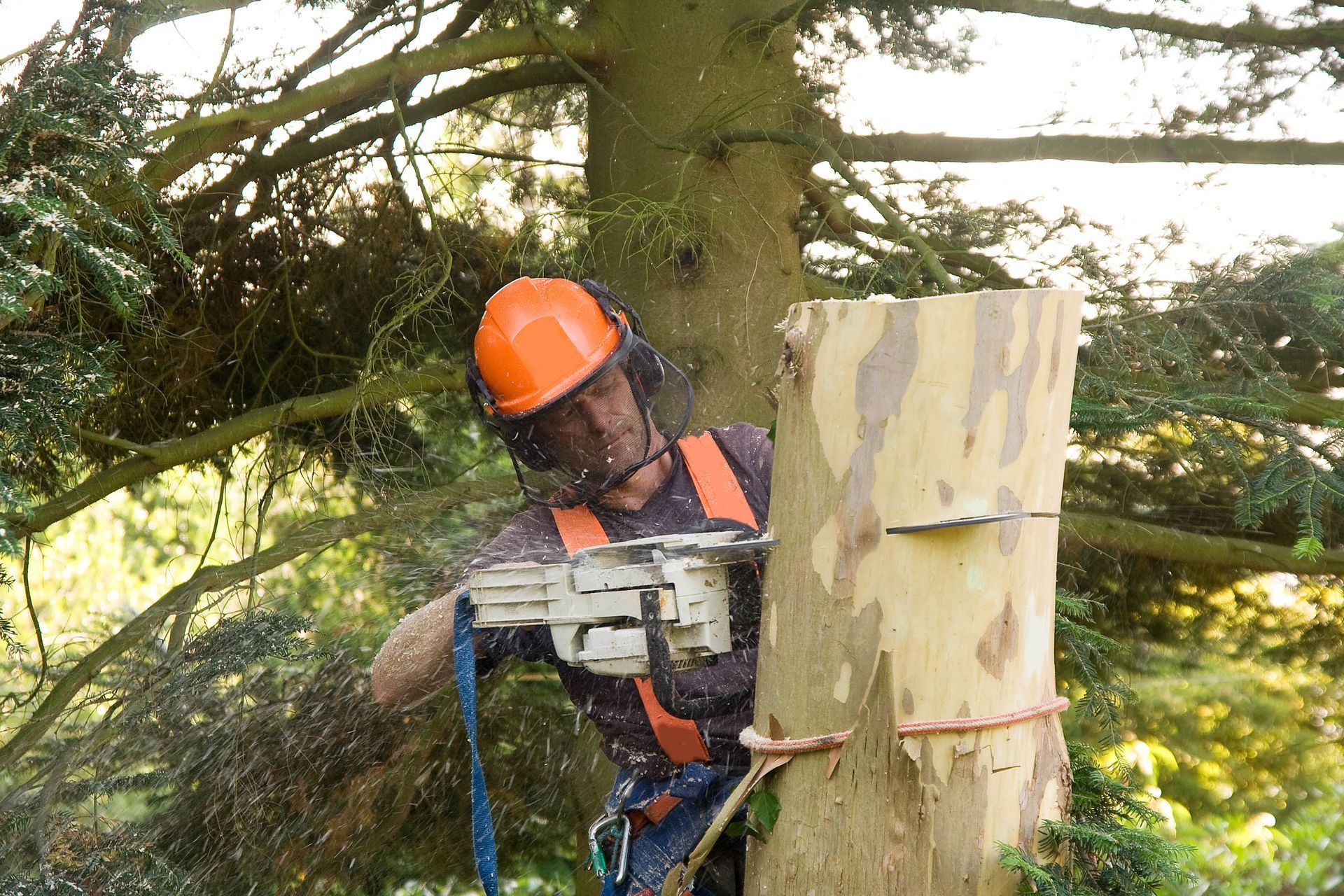
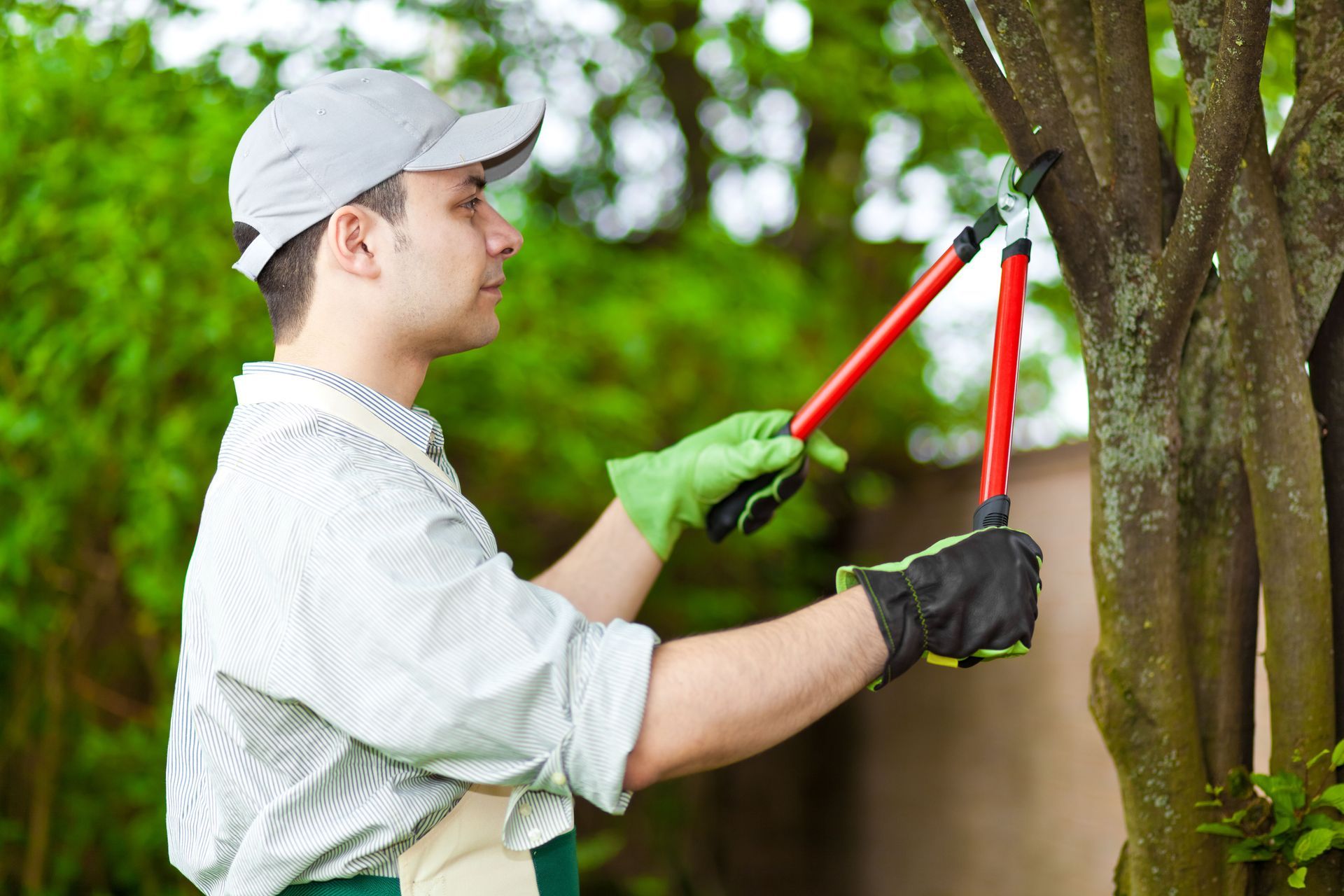
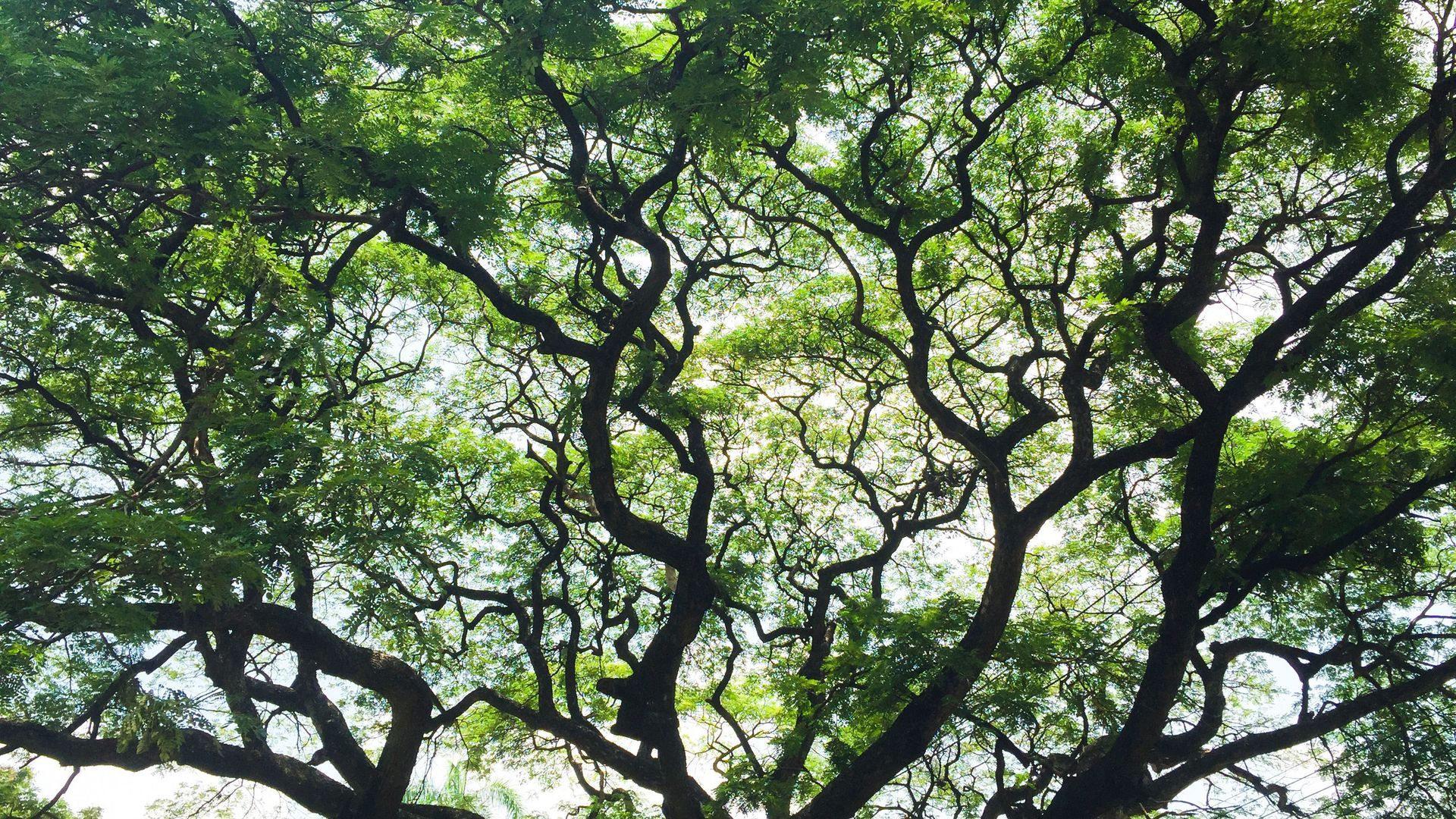
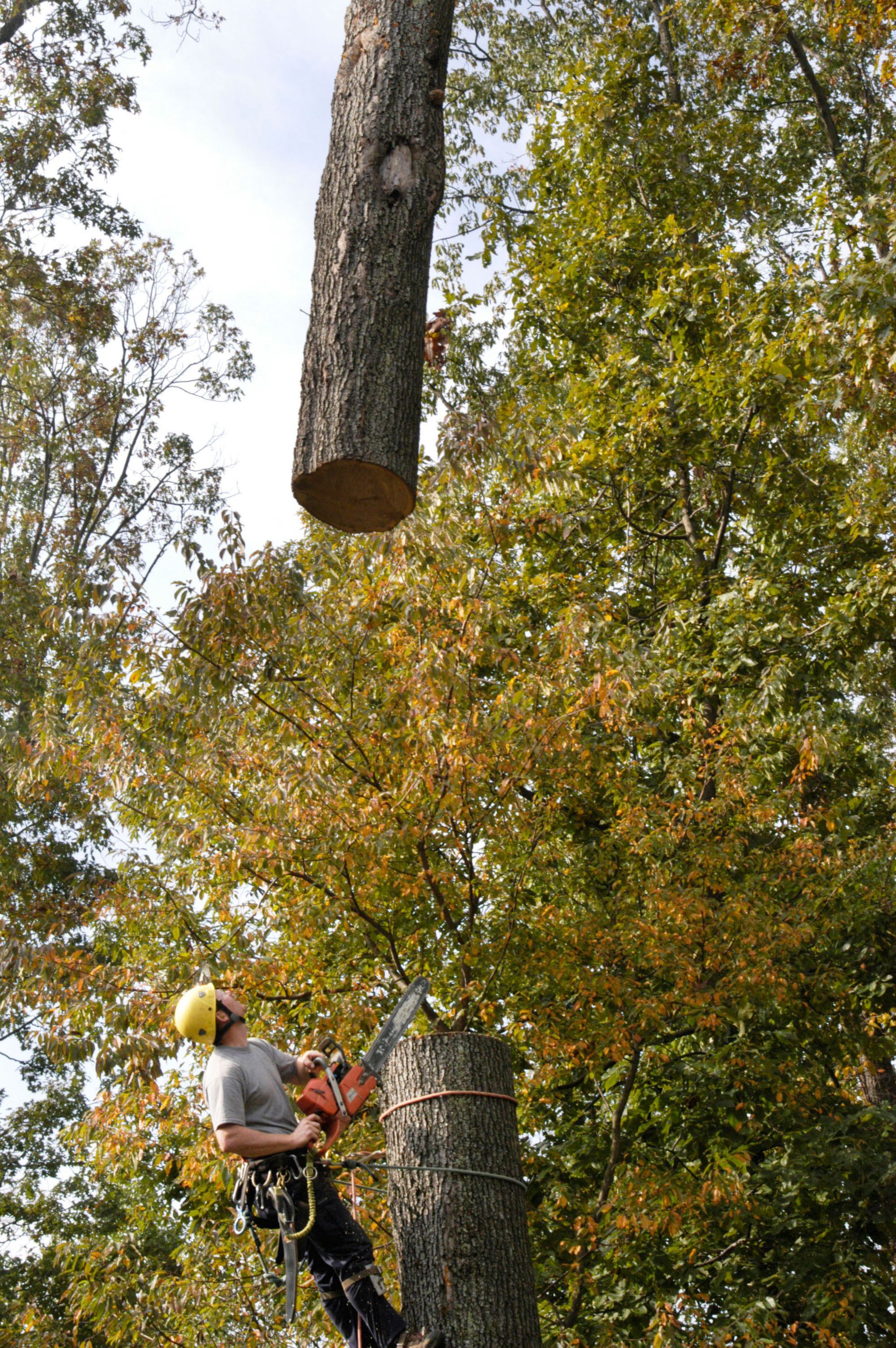

Share On: